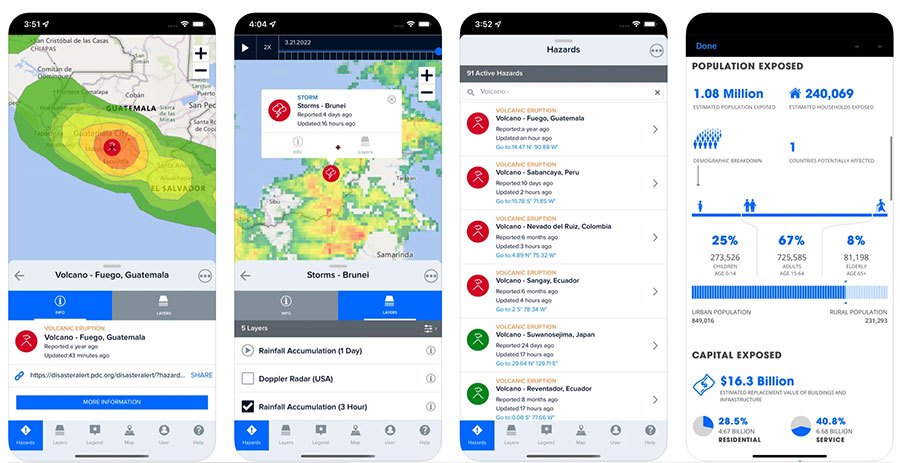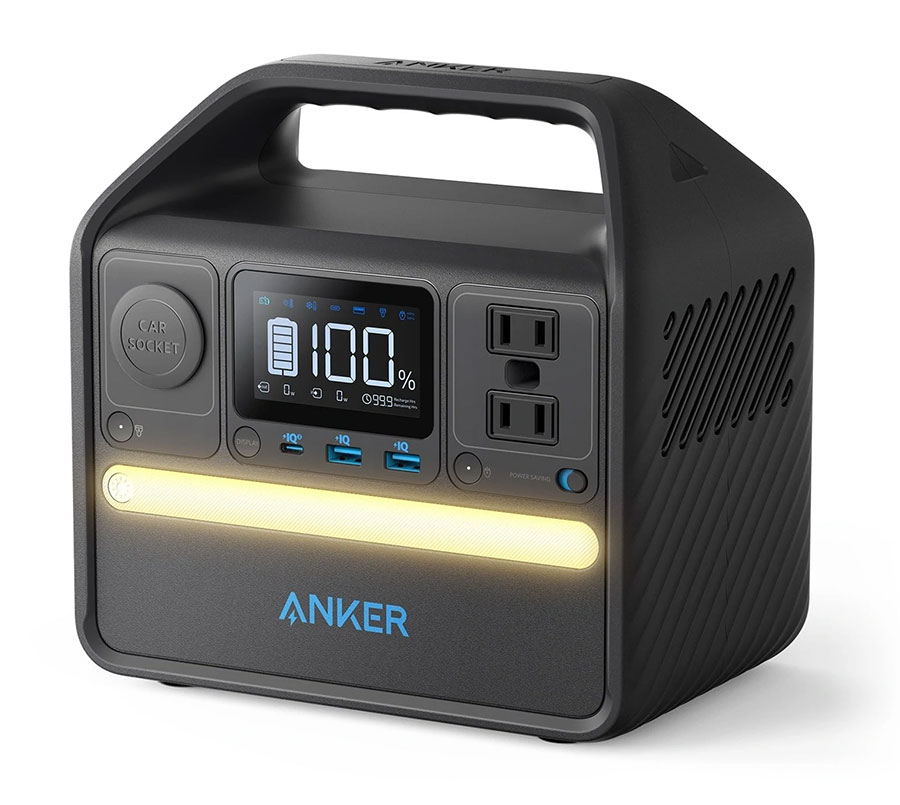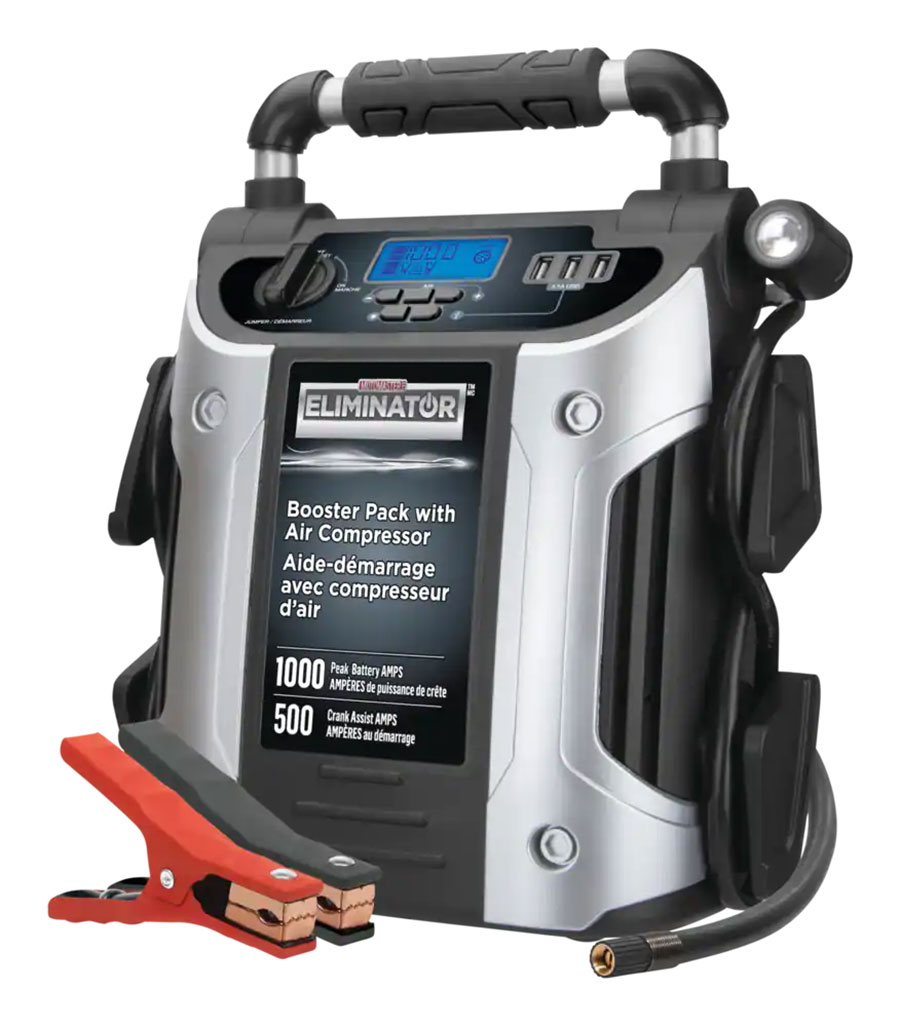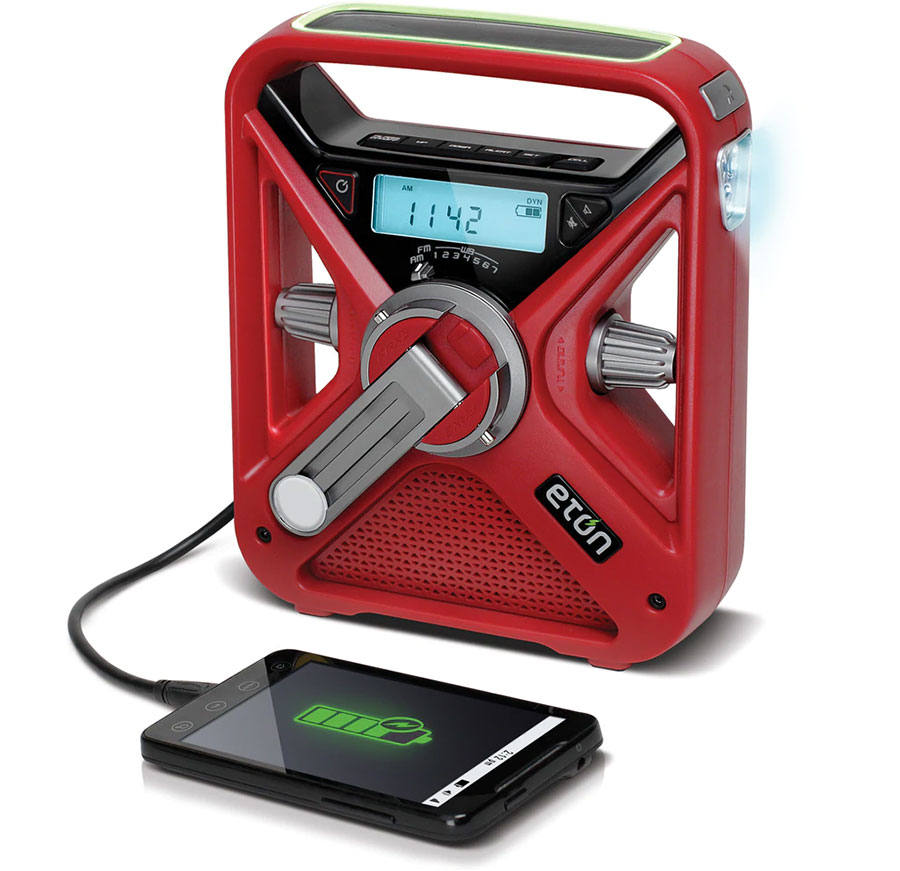Emergency Ready: Tech Tools to Help Protect You and Your Property During a Natural Disaster

These apps and gadgets can be an essential part of your emergency preparedness kit. Photo: fotojog/Getty Images
Given the catastrophic weather events that have hit Canada this season — from a record number of wildfires across the country to widespread flooding in parts of the east coast — our risk of getting caught up in a natural disaster might be at an all-time high.
That’s why “emergency preparedness” has become so critical, to help protect you, your family, your home (and its belongings) against any kind of disaster, hazard or environmental event.
Through its Get Prepared resource site, Public Safety Canada advises that in order to prepare for any disaster situation, we should make and practice an evacuation plan, and have an emergency kit ready at all times.
Tech can play a role here, too, by providing helpful tools to aid in an unexpected crisis. Here are some apps and gadgets to look for:
Emergency Preparedness: Apps
Proactively download these apps to your mobile phone — before you need them during a severe weather incident. Remember, you may not have Wi-Fi or cellular service to download these apps during an event.
- The Canadian Red Cross offers a First Aid app, which helps you maintain your first aid skills and respond to everyday emergencies.
- The aptly-named Disaster Alert app (and website) from the Pacific Disaster Center (PDC) offers a real-time map that shows active (or impending) incidents, deemed as “potentially hazardous to people, property, or assets,” according to the PDC DisasterAWARE platform. This includes drought, earthquakes, extreme temperature, flood, forest fire, severe storm, tsunamis, and volcanic eruptions. According to PDC, DisasterAWARE offers a robust and reliable early warning system, multi-hazard monitoring, and tools to aid in decision making.

- Speaking of maps, it’s a good idea to take advantage of Google Maps’ offline feature, which lets you select an area (even an entire city) to download and view on your smartphone in the event there’s no cell service or Wi-Fi.
- While aimed at U.S. residents, the official FEMA app offers handy emergency tips; a customizable emergency kit checklist; and safety tips for more than 20 types of disasters, including fires, flooding, hurricanes, snowstorms, tornadoes, volcanoes and more.
Pro tip: Don’t forget you can call 9-1-1 from your mobile phone — even if you don’t have an active mobile plan! It will work. It’s not a bad idea to keep an old and deactivated phone in your emergency kit or your car’s glove compartment — just make sure it’s charged up (see below). In the event you have power and Wi-Fi but no cellular coverage, apps like Facebook Messenger, WhatsApp, Google Duo, FaceTime, TextNow will let you make video and audio calls for help.
Emergency Preparedness: Gadgets
There are numerous smart consumer electronics products that you might consider including in your emergency preparedness.
For example, make sure your smartphone is waterproof. Your phone is your lifeline during a major weather incident, and so make sure your phone has an “IP68” rating (“Ingress Protection”), which means the phone can withstand dust, dirt and sand, and can be submerged in water for up to 30 minutes. If your phone isn’t waterproof, consider having a couple of thick Ziploc bags as part of your emergency kit to seal your phone in.
A portable battery booster (“power bank”) is a smart idea in case you’ll be away from an AC outlet for a while or if the power goes out in your area. Make sure these back-up batteries are also charged up for when you need them.
If needed, use your car’s USB port or 12-volt port (“cigarette lighter”) to charge up your devices in the event of a power outage, but unplug them whenever you turn the car off, so it won’t drain the vehicle’s battery.

Anker, a leading portable battery company, also has a line of Power Station-branded batteries and accessories, that are essentially small power generators, often with emergency lighting and optional solar-powered attachments, that can charge up or run virtually any device (including power lights, laptops, CPAP machines, small appliances, and medical equipment) during an emergency. They’re also ideal for those who live in a condo or apartment, where a gas generator is not an option.
The Anker 521 Portable Power Station, for example, offers two 3-prong AC outlets, a car socket, and multiple USB ports.
Another prudent product is the MotoMaster Eliminator 1000A Booster Pack with Air Compressor, a Canadian Tire exclusive that can jump-start your car’s dead battery in the event of an emergency, an integrated air compressor to inflate a flat tire, USB and 12-volt ports for charging devices, and an LED light.

Finally, consider a hand-crank and solar-powered radio, like the Etón FRX3+ Multi-Powered Weather Alert Radio, which features an AM/FM (digital radio), all 7 NOAA (and Environment Canada) weather bands, and an alert function that broadcasts emergency weather alerts. The hand turbine and small solar panel keeps it charged during emergencies, plus it takes batteries. The FRX3+ also houses a USB port to charge a smartphone, LED flashlight, emergency red LED flashing beacon, alarm clock, headphone jack, and more.

A version of this story was published on May 18, 2022.
RELATED:
Wellness Tech: Apps and Gadgets Designed to Boost Mental Health
Slip Into Sleep With These Apps and Gadgets
3 Apps to Preserve Your Family History, Heirlooms and Stories